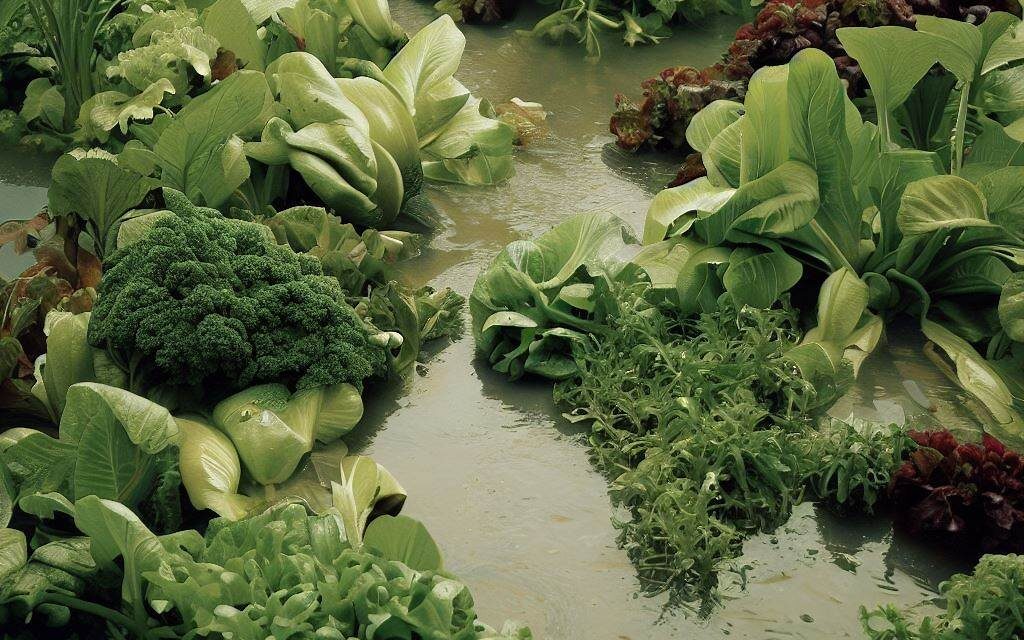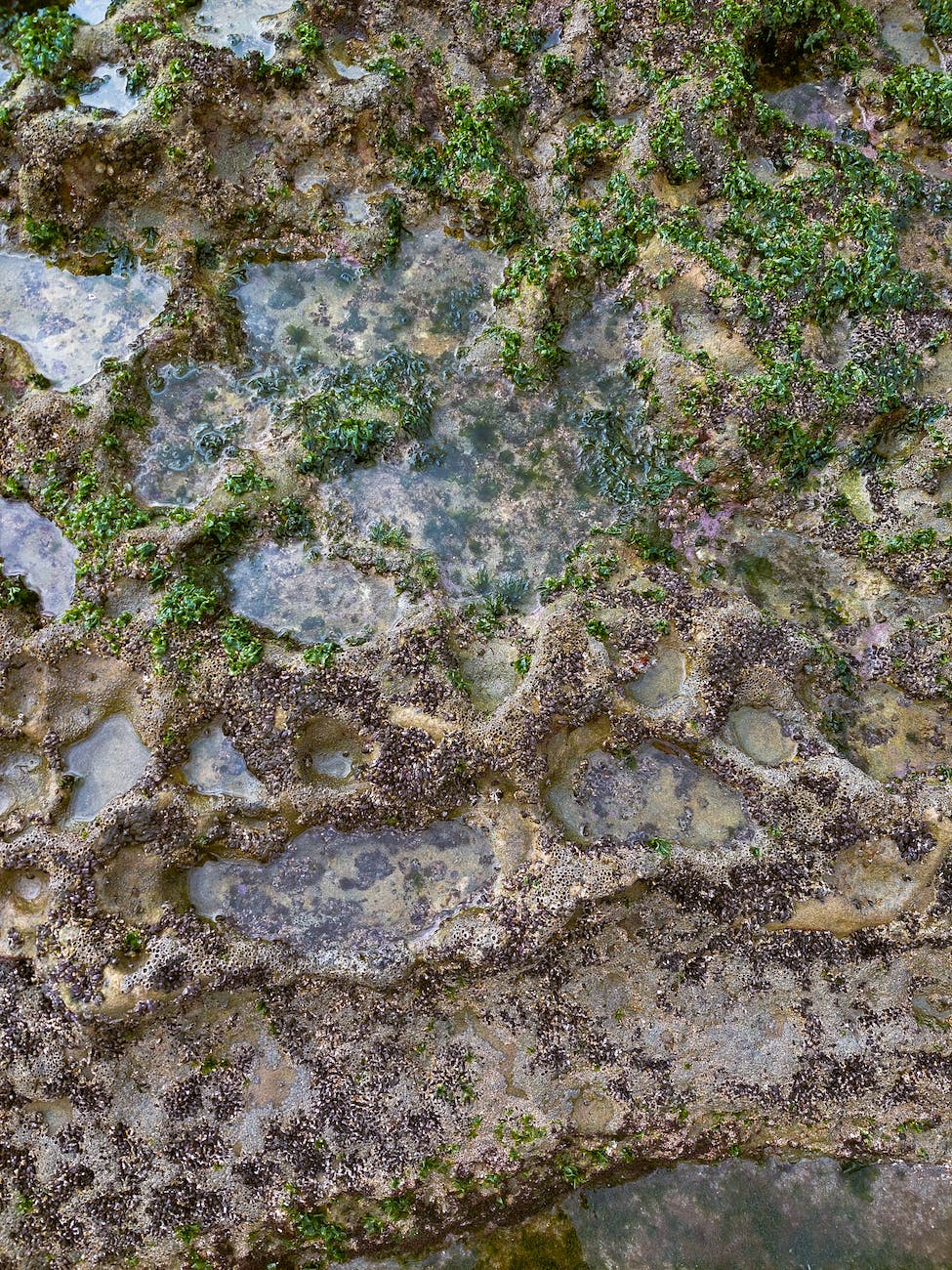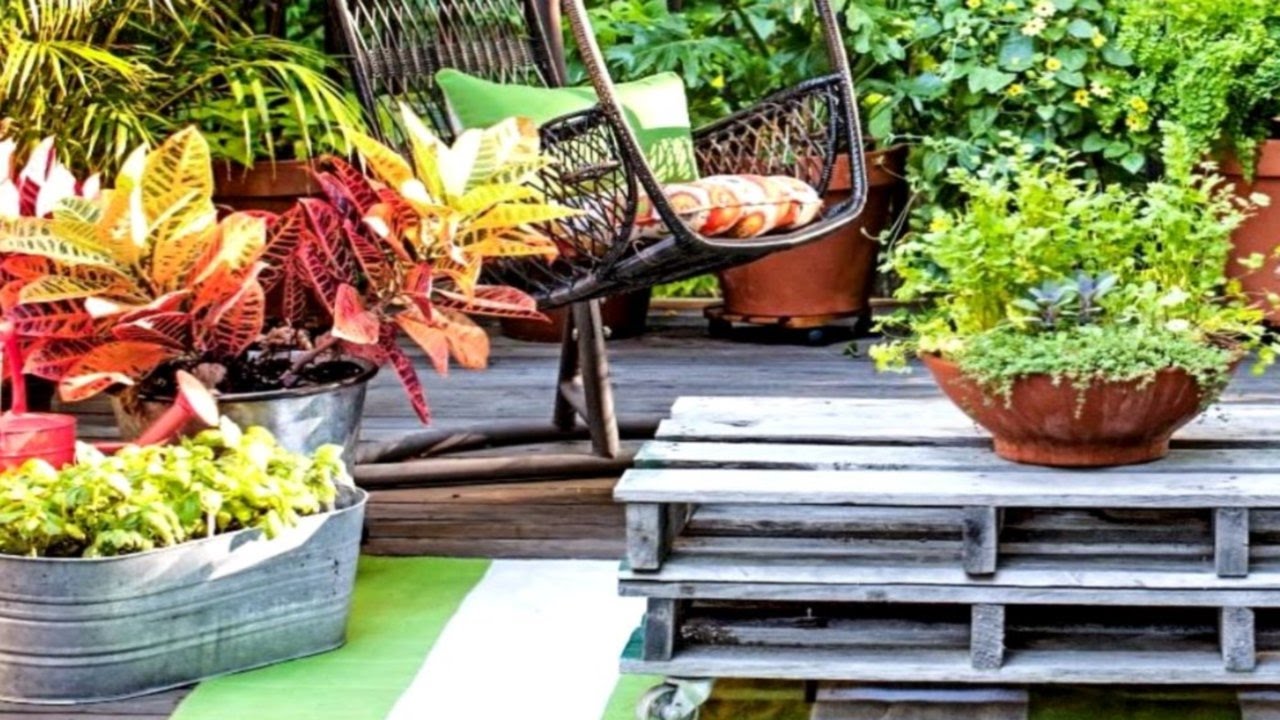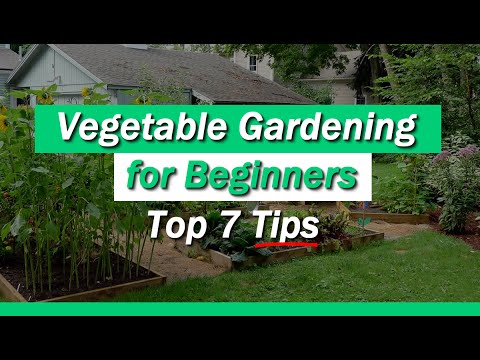Garden soil is more than just dirt; it’s the lifeblood of your garden. When waterlogged, your soil turns into a stifling environment where plants struggle to survive. Whether you’re a seasoned gardener or a novice, waterlogged soil is a challenge that can turn your garden into a soggy, unproductive mess. This comprehensive guide will walk you through the causes, problems, and solutions associated with waterlogged soil.
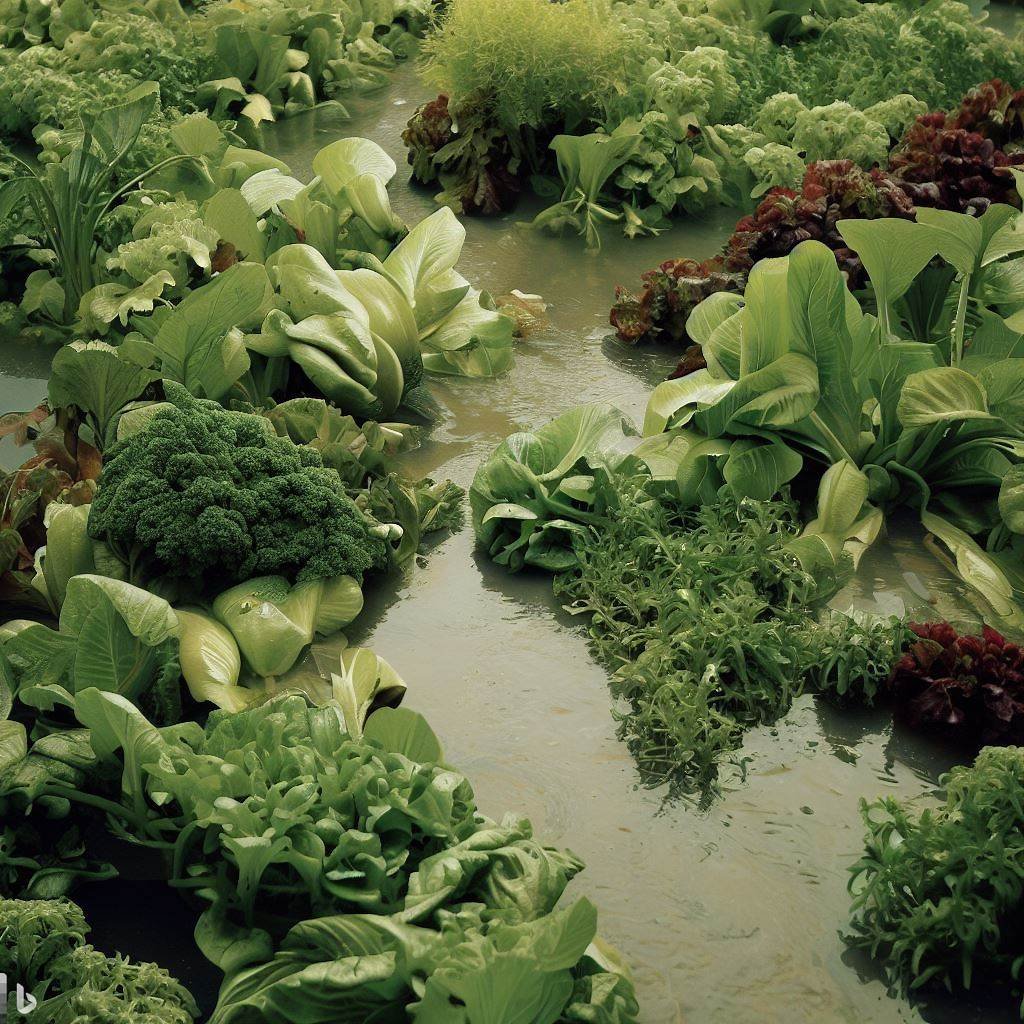
Understanding Waterlogged Soil
What is Waterlogged Soil?
Waterlogging refers to the saturation of soil with water. While most plants require moisture, excessive water can lead to numerous problems, damaging or even killing plants. Waterlogged soil usually occurs when the soil is so full of water that there is insufficient oxygen for plant roots to breathe.
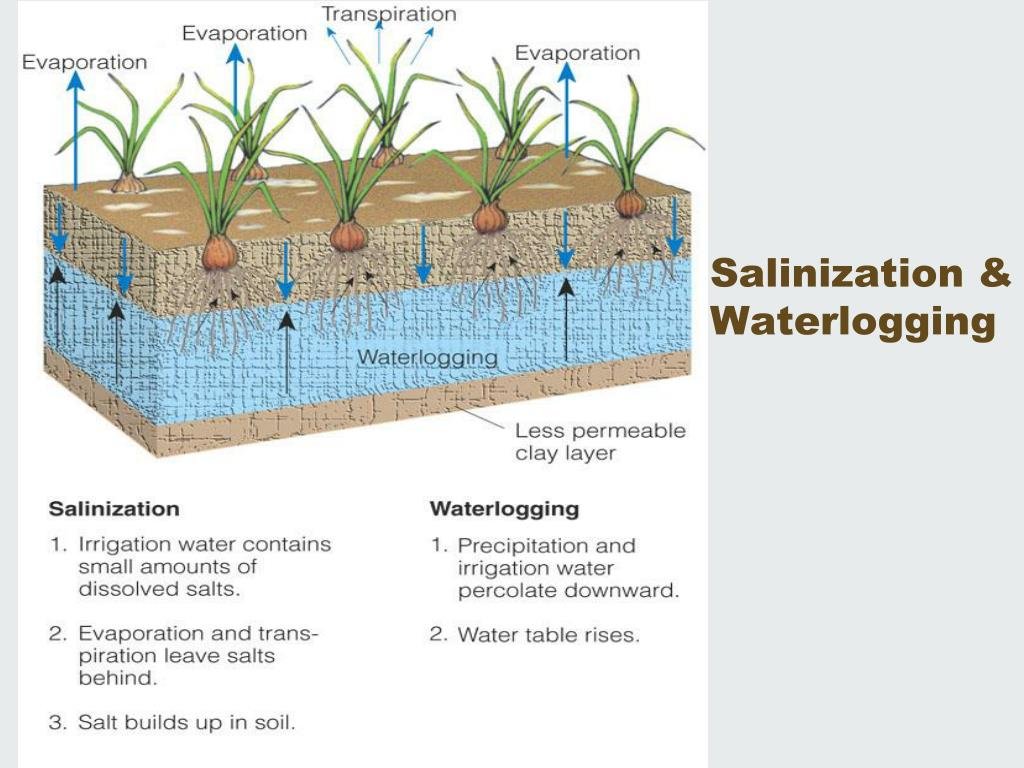
Image taken from SlideServe Presentation
Symptoms of Waterlogged Soil
- Puddles of Water: If water stays on the surface and does not drain away, it’s a clear sign of waterlogged soil.
- Yellow Leaves: A symptom in plants where the lower leaves turn yellow or brown.
- Wilting: Even with adequate water, plants look wilted.
- Poor Growth: Plants grow slowly, or not at all.
Causes of Waterlogged Soil
Inadequate Drainage Systems
Lack of a proper drainage system is the most common cause of waterlogged soil. This occurs frequently in compacted or clay soils which naturally retain more water.
Excessive Rainfall or Watering
Sometimes it’s not about the soil but about the weather. Prolonged rainfall can waterlog even the most well-prepared soil. Alternatively, excessive watering can also lead to similar conditions.
Landscape Features
The natural slope of your land can cause water to accumulate in certain areas, especially if your garden is located at a lower elevation compared to the surrounding area.

Problems Associated With Waterlogged Soil
Root Rot and Fungal Infections
Oxygen-starved roots become susceptible to diseases like root rot, which can quickly kill a plant. Certain fungal infections also thrive in overly moist conditions.
Nutrient Leaching
The excess water in waterlogged soil can wash away essential nutrients, causing nutrient deficiencies in plants.
Inhibited Growth
Plants need a delicate balance of water and oxygen for growth. Waterlogged soil hinders this, leading to stunted growth or even plant death.
Testing for Waterlogged Soil
Before you can address the issue, you must confirm your soil is indeed waterlogged. Several simple tests can help you determine this.
The Puddle Test
After it rains, observe how long it takes for puddles to disappear. If it takes more than 4-6 hours, your soil likely has drainage issues.
The Trowel Test
Dig a small hole with a trowel and fill it with water. If the water doesn’t drain after an hour, you may have waterlogged soil.
Soil Core Sample
Take a core sample of your soil. Examine the moisture content; overly wet or muddy soil is a sign of waterlogging.
Solutions to Waterlogged Soil
Enhancing Drainage Systems
Improving your garden’s drainage can be a straightforward yet effective solution. Here are some techniques:
- Subsurface Drainage: Installing a network of pipes beneath the soil to collect excess water.
- Surface Drainage: Creating a slope or channels that direct water away from the garden.
Soil Amendments for Better Drainage
- Sandy Soil: Incorporating sand can improve drainage in clay-heavy soils.
- Grit: Similar to sand but with larger particles, grit can significantly improve drainage.
- Perlite: This volcanic glass improves aeration and drainage.
Adding Organic Matter
Incorporating organic matter like compost can significantly improve soil structure, making it less susceptible to waterlogging.
Benefits of Organic Matter
- Enhanced Soil Structure: Makes the soil more crumbly and improves its ability to drain water.
- Nutrient Boost: Organic matter is rich in essential nutrients.
- Better Water Retention: Ironically, well-composted soil can also help retain moisture during dry periods.
How to Add Organic Matter
- Digging In: Work the compost into the soil during the off-season.
- Mulching: Apply a thick layer of organic matter to the soil surface.
- Green Manures: Planting and then digging in cover crops can also add organic matter to the soil.
Raised Beds and Planters
Sometimes, raising the soil level can provide a quick fix to waterlogging issues. Raised beds and planters allow gravity to help with drainage. They are particularly useful for vegetable gardens, where drainage can significantly affect yield.
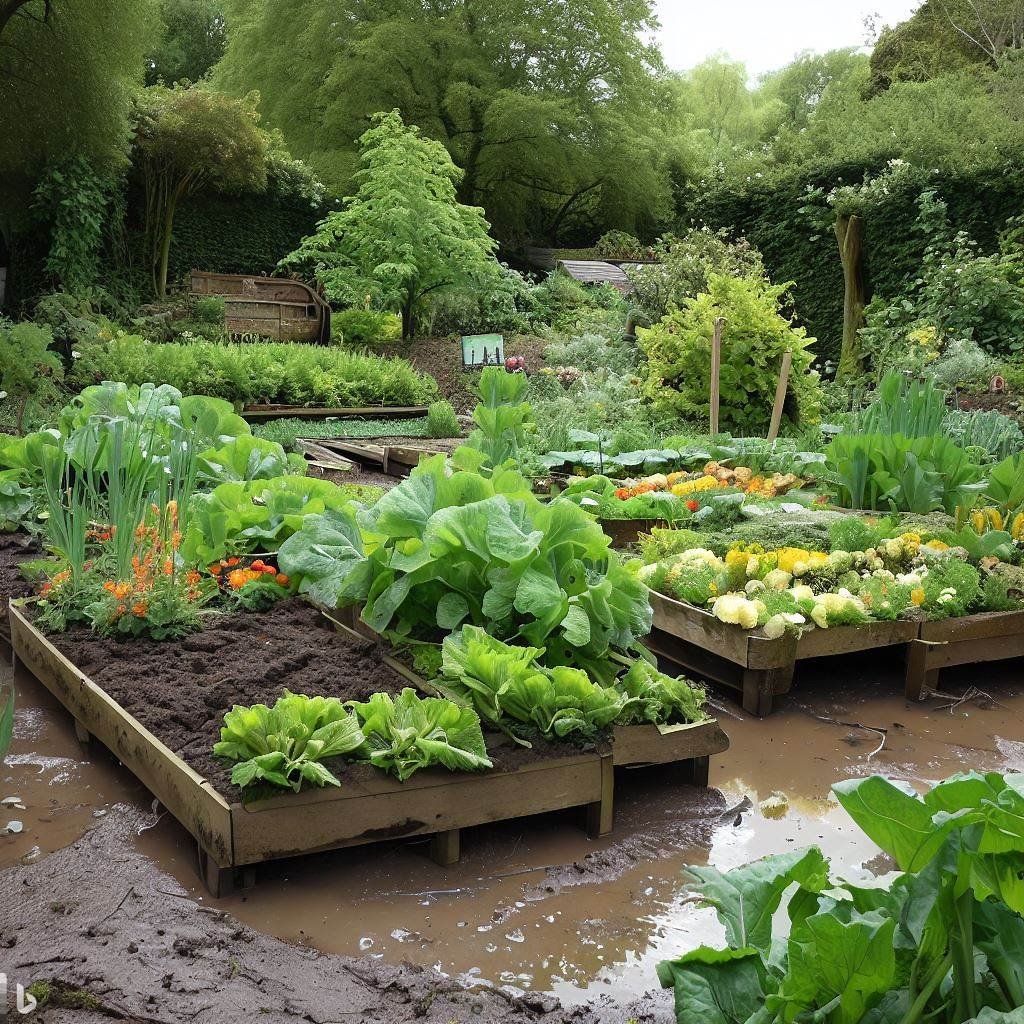
Constructing Raised Beds
- Choose the Right Material: Wood, stone, or concrete are popular choices.
- Ensure Proper Height: A height of at least 12-18 inches is recommended for effective drainage.
Long-Term Management of Waterlogged Soil
Monitoring Watering Schedule
Adhering to a well-planned watering schedule can help prevent overwatering, one of the leading causes of waterlogged soil.
Seasonal Checks
Perform routine soil tests to keep an eye on pH and nutrient levels. Adjust your soil amendments accordingly.
Conclusion
While waterlogged soil can present a daunting challenge, understanding its causes and solutions enables you to take proactive measures to address it. With strategies like improving drainage, adding organic matter, and even resorting to raised beds, you can reclaim your garden from the mires of waterlogging and turn it into a thriving oasis once more.


